It may not feel much like spring yet, with near-zero temperatures and multiple winter snowstorms blowing through our area in the last few weeks. And while we’re not yet out of the woods yet—don’t shoot the messenger but the bulk of our winter weather often arrives between late January and early March—now is the time to begin preparing for and dreaming of a new season of gardening. This month, here are a few things you can do to battle cabin fever and set yourself up for success around the garden when spring rolls around.
First, while we wait for early spring to arrive, take the time to perform some needed maintenance on your garden tools so you’re ready when pruning season arrives. For pruners and loppers, start by cleaning your tools to remove caked-on dirt, rust, and sap. Next, sharpen your blades with a sharpening stone, and finish the job by lubricating all metal parts to prevent rusting and ensure smooth operation. I typically use WD-40, but any household or cooking oil will work well, too.
Next, make an appointment at a local mower servicing shop to get your lawnmower in shape before spring. They’ll be able to check fluids and filters, sharpen your blades if needed, and do any other maintenance required to ensure that your mower will be ready to work when you’re ready for that first mowing of the season.
Third, late winter is a great time to spray fruit trees, berries, and rose bushes with dormant spray to kill any insects or diseases that have overwintered on bare branches and canes. One benefit of our recent prolonged deep freeze may be that it killed many insects that would otherwise have overwintered from last year, but it’s still a good idea to spray any plants that regularly get insects or disease as a preventative measure. The biggest trick may be to find the right weather—most dormant sprays require dry weather and temperatures above 40 degrees F, not exactly the kind of weather we get in a La Nina winter! When you’re ready to spray, stop in at Vander Giessen’s and pick up Bonide All Seasons Oil to smother insects and Bonide Copper Spray to treat for diseases while your plants are still dormant.
Fourth, take the opportunity this month inventory what garden seeds you’ve saved from last year and start shopping for additional seeds for this year’s garden. We’re still months away from planting anything outside, but some slow-growing crops like peppers may need to be seeded indoors as soon as mid-February to have plants ready to put outside in May. During this slower season, planning for when you need to plant seeds is a great task to ensure you don’t fall behind once your gardening to-do list starts to grow.
Finally, January is a great time to assess your garden and start to dream for the coming year. The last year has been very challenging in the garden: your plants had to endure highs over 100 degrees in June and August; year’s end brought bitter cold into the low single digits (not to mention the biting wind that accompanied the cold); and in between we had some of the wettest weather on record in Northwest Washington, which for many gardeners in our area resulted in floodwaters swamping yards and gardens. It hasn’t been an easy year, but the beauty of gardening is that each year offers a fresh start.
So, take a few minutes when you can catch a break in the rain—or better yet, a fleeting sunbreak—and take a stroll around the garden. Assess what plants took too much abuse last summer or what winter damage is already showing up and start to think about what you can plant in place of those plants. Spring will be here before we know it, so make sure you’re ready by planning and dreaming this month. After all, a little hope for what’s to come is good for the soul.


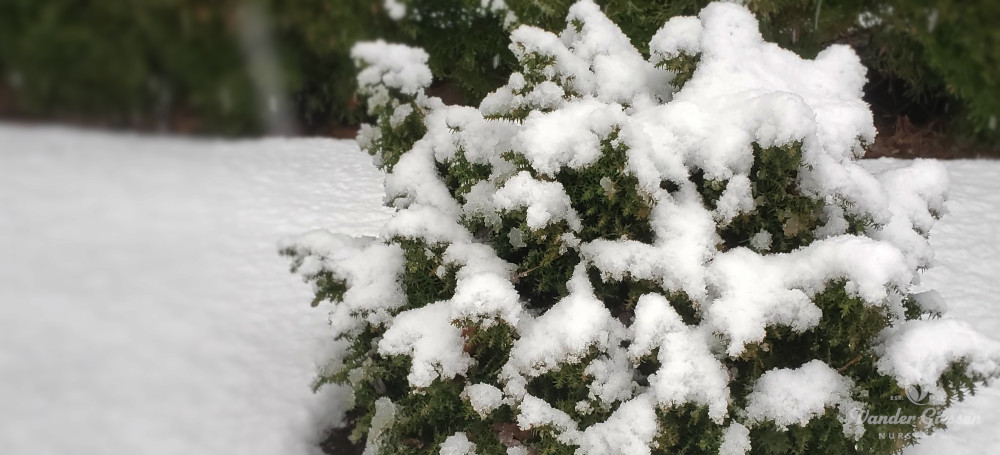
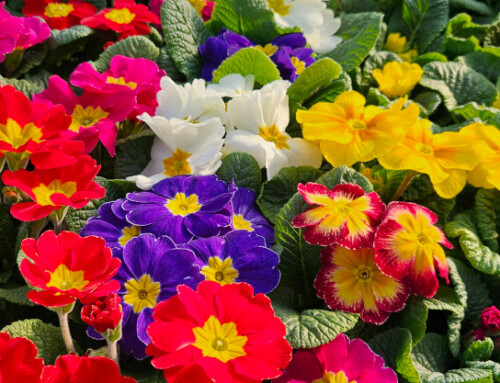
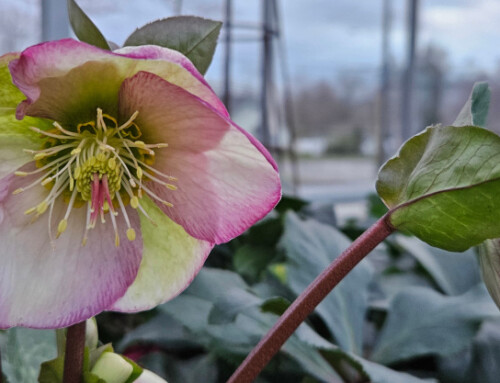
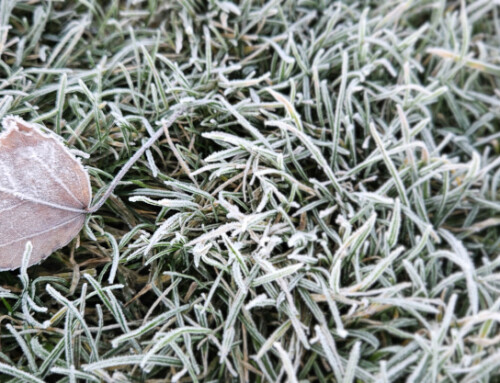
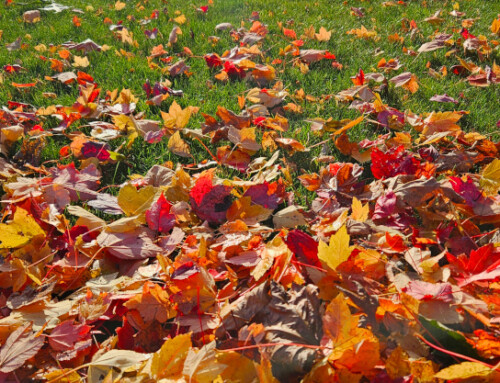
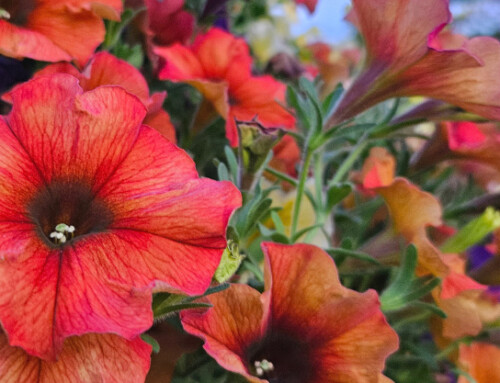
Leave A Comment